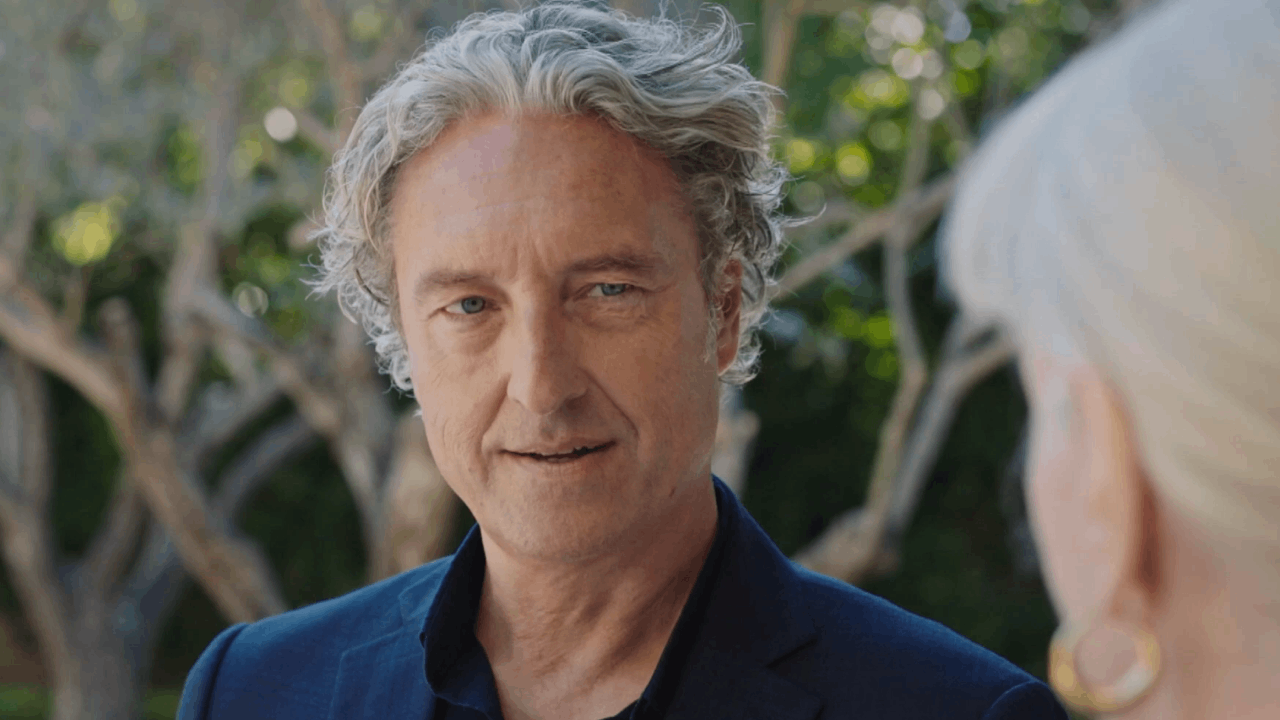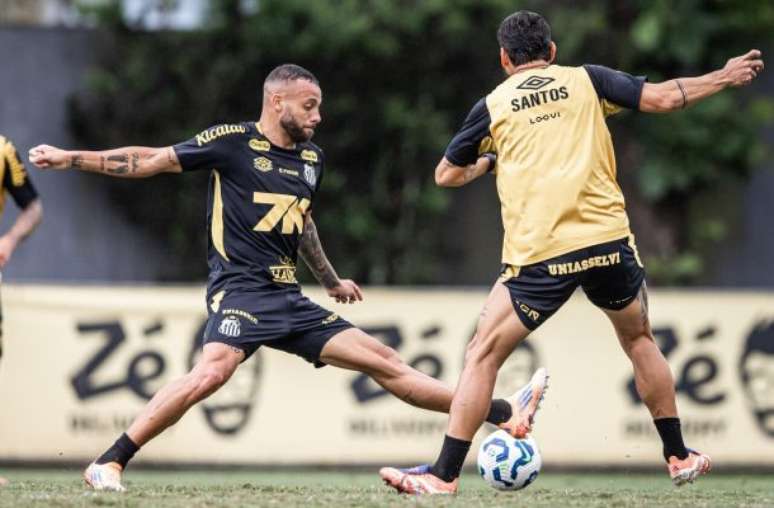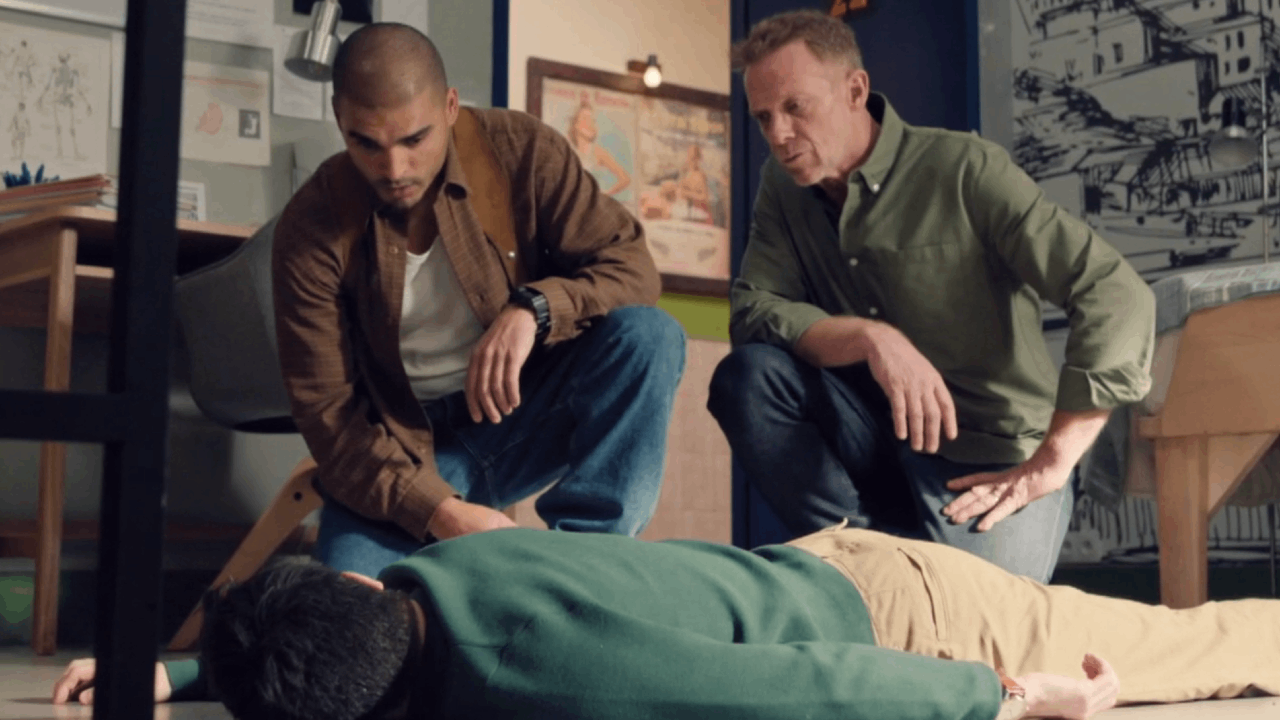Nearly 80 years after the end of the regime, many see visits to the sites of Nazi horrors as an important part of the education of young people in Europe and beyond, especially at a time when the far right threatens to resurge. this trip anyway. “How beautiful”, says the student Cara, 17 years old. She and her colleagues are in Oswiecim, Poland, in the former concentration and extermination camp of Auschwitz-Birkenau. It’s a place of horror: “Crossing the countryside and having the feeling that 80 years ago, in the same place, there were people arrested, who were treated so horribly…”, she comments.
His school is in Kerpen, about 30 kilometers from Cologne in western Germany. Since 1967 the city of 67 thousand inhabitants has been a partner of Oswiecim, in whose surroundings the memorial of the worst concentration camp of the Nazi era is kept: there, from 1940 to 1945, the German Nazis killed well over 1 million, the vast majority of they are Jews and Jews. Auschwitz is the symbol of the systematic extermination of human beings.
The group, made up of around twenty students, will remain for almost a week in the International Youth Meeting Center of Oswiecim/Auschwitz. Professor Katrin Kuznik, who has already organized several of these excursions, explains that participation is voluntary and that the children have been prepared in advance for the experience. For the accompanying teachers it is “a challenge” and “a gigantic responsibility”, she underlines, “but so far everything has gone well”.
Generosity in the midst of your pain
Germany has not forgotten the crimes of National Socialism: the murder of millions of Jews in the Holocaust, the persecution and death of Sinti and Roma, homosexuals, political, religious and civil dissidents. However, almost eighty years after the end of Adolf Hitler’s regime, the country is once again insecure in the face of right-wing extremist forces, especially in the face of the clear rise of the Alternative for Germany (AfD) party.
According to a report by the Jewish Claims Conference, there are still 245,000 Holocaust survivors worldwide, of whom 14,200 live in Germany; most of them are elderly and in need of intensive care. Many are unable to appear in public.
An exception is Margot Friedländer: despite her 101 years, she remains active in public life. Every speech by the concentration camp survivor is a moment of great emotion, for her vital force, her testimony, her warning.
Christoph Heubner was one of those responsible for the planning and construction of the International Youth Meeting Center in Oswiecim/Auschwitz in the 1980s. After having been vice-president of the International Committee for Auschwitz (IAK) for years, few know so many Holocaust survivors in Germany like he does.
In describing contemporary witness presentations at schools and memorial events, he uses a word that has become rare: “generous.” “There is an area of their life that we can’t get into, where they are completely alone. The loss of their entire family, their little sister, their parents. In some parts of their grief, they are generous to those who live today.”
“If it happened, it could happen again”
Heubner admits it’s “sad to lose so many people now.” He says that just in recent years it has become clear how important it has been for many in Germany, especially young people, to talk to survivors – also as a warning and “guideline to protect and preserve democracy”.
But he is not pessimistic and “doesn’t worry too much about the sustainability of all this work.” Because, in reality, every generation and every age group faces the issue alone, and is horrified by it “in a totally positive sense, as an emotional and intellectual reaction”. It can be an artistic creation, a film, reading a book, visiting a memorial – each new generation will find its own way to delve into these stories of humans and humanity, says the IAK vice president.
One of the interlocutors of the young visitors to Auschwitz is the Catholic priest Manfred Deselaers. Born in Aachen, North Rhine-Westphalia, he has lived in Oswiecim for over 30 years and his work is renowned in both Poland and Germany. Visiting the memorial today is for him a question “not only of knowledge, but of our vocation: how to live, to be able to look the survivors in the eyes, with a clear conscience?”.
All the young people who come to the former extermination camp, whether they come from Germany, Poland or foreign origins, feel “that it is not just about mourning past pain and honoring the dead, but about a call to responsibility for the our common world”. For Deselaers memory also means: “It happened, therefore it was possible, therefore it is possible, therefore it can happen again: Auschwitz describes the extent of our responsibility”.
Enriching encounter with horror
And this is how, as Deselaers says, high school students from Kerpen see the oppressive memorial in Poland. There are dwellings there with piles of human hair and eyeglass frames, as tall as a person, silent witnesses of the horror. Elias, 18, astutely observes that this is not a museum, because a museum is “first of all a place for the eyes”, “we wander, we see, we perceive physically”.
But Auschwitz-Birkenau is perceived on a completely different level. There, Elies continues, “a much deeper understanding develops.” The preparation and conduct of the visit “helped us address this issue, which is naturally serious, so that we were, in some way, enriched”. Her colleague Tamara agrees: visiting places like this is “definitely important” and “completely different” from simply learning about the topic in a history lesson.
The students will return to Kerpen marked by their impressions of Auschwitz. For Professor Kuznik it is of great importance that “just like students, parents also see how important this excursion is.” Perhaps, given the political situation, they noted that “the visit to the memorial has much more importance today than it did a few years ago.”
Source: Terra
Rose James is a Gossipify movie and series reviewer known for her in-depth analysis and unique perspective on the latest releases. With a background in film studies, she provides engaging and informative reviews, and keeps readers up to date with industry trends and emerging talents.







